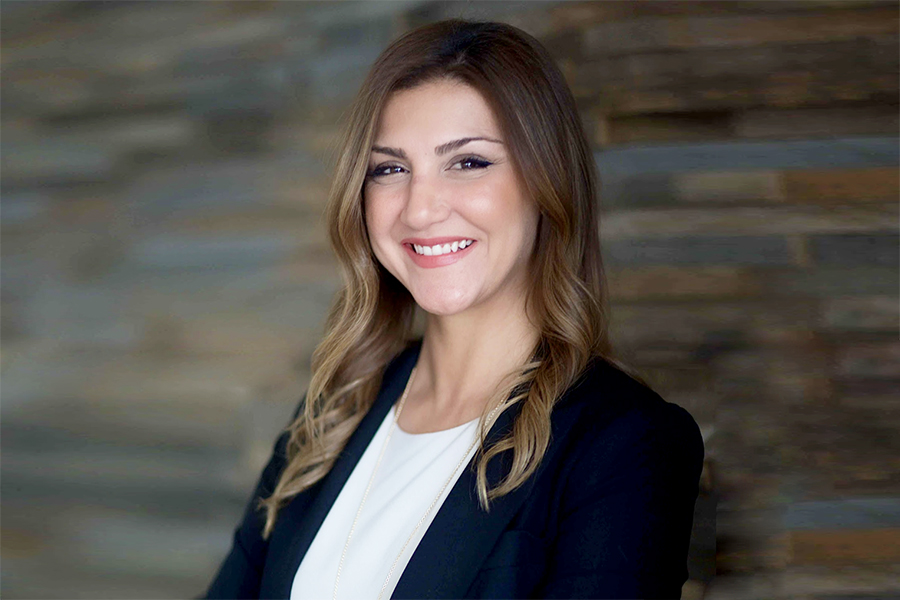
Snapchat has been betting big on Augmented Reality’s (AR) retail future considering 88% of users demand an AR experience from retailers. Furthermore, brands experience a 94% higher conversion rate if it includes AR as part of its campaign, according to a recent study commissioned by Snapchat.
“We have commissioned a study in partnership with Publicis Media, which says that 88% of consumers in Saudi Arabia think AR will play a role in future shopping in the next five years. Interacting with products that have AR experiences leads to a 94% higher conversion rate,” said Farimah Moeini, Business Solutions Lead at Snapchat. “For the next generation, we should invest heavily in AR marketing technologies. Marketers are taking it as something to experience but are not taking it seriously. They need to make it an integral part of their activation.”
In 2020 sales of AR/VR headsets were projected to hit 5.5 million units. AR technology can enable customers to choose, try and experience a product of their choice from their smartphones.
Keeping this in mind, Snapchat introduced its Lenses AR experiences, a powerful way to connect with consumers on a massive scale using augmented reality. Today, nearly 90% of KSA daily users and over 85% of MENA daily users interact with Lenses every day.
“The technology now lets you put a watch on your arm, change your jackets and clothes colour, scan someone’s clothes and find clothing and fashion that looks like a particular way, and even put furniture in your house. The layers of technology and the way that it is evolving is crazy,” she said.
Globally many retailers and brands have been using AR technology to enhance customer experience and increase e-commerce sales. Ikea adopted AR technology in an attempt to help its customers with a better shopping experience. The brand collaborated with the tech giant, Apple, to build the “IKEA Place” app, which enabled customers to purchase furniture that would match their living spaces by creating a superimposed graphics environment.
To eliminate the hassles of finding clothes that fit adequately, Gap created the “DressingRoom” app that allows users to try out clothes on a virtual mirror that would help reduce the time and effort of going into a physical store. Similarly, L’oreal purchased the ModiFace app that enables customers to try different makeup through the front camera of their smartphone.
“With AR, there is the immersive experience and then there is its utility. So if you think of the amount of things you can do in this environment and its potentials (in this region), it is very exciting,” she concluded.